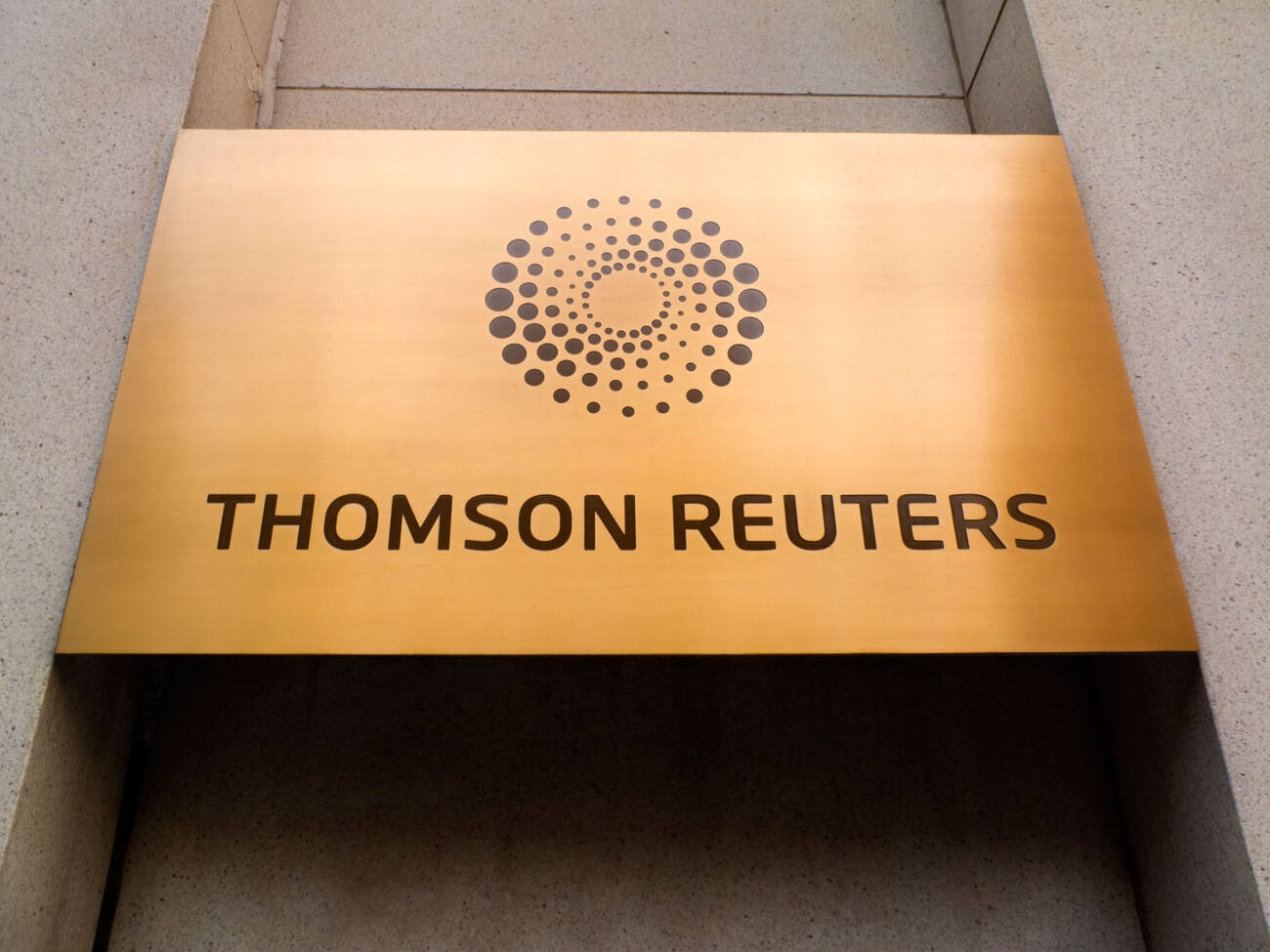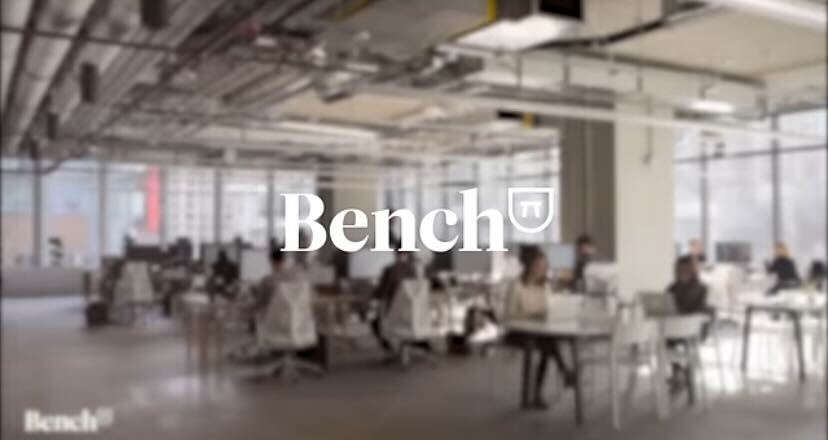From the July 2009 Issue
Tax and accounting practices have evolved dramatically over the past few years, adopting several new technologies that not only aid them in client service, but have become so ingrained in virtually all of their everyday processes that the firms simply could not work without them.
Some technologies “add-on” to the way you currently do your work, while others require a revolutionary change to a firm’s workflow. The latter category can cause some pains at first, just as any revolutionary change will bring, but the payoff can be extraordinary once the new processes are fully adapted and become second nature.
Such was the case with the movement toward the paperless office, a process that is still ongoing for many practices. It required changing the way a firm handled client engagements from one that involved file cabinets, perhaps a file room, massive client folders, checkout policies, misplaced folders, and the printing of reams and reams of documents. Under the new system, somebody in the office had to scan client documents as they came in and develop an electronic file storage system that would hopefully resemble the way things had been filed previously.
And instead of being able to pull a client’s physical folder and “quickly” find a particular document, users now had to search through digital folders and files for a particular item, be it a PDF, scanned-in document or a product of their engagement. When firms were initially struggling with these changes, many of the staff probably thought it was a horrendous waste of time. “Things were just fine, now we have to learn this new system.” Sound familiar?
But a few years after the transition, when staff had grown accustomed to the new processes and perhaps changes were made in support staff, most professionals look back on the old system as a Stone Age practice. For many, the new technologies have changed their workflow so significantly, and with such positive effects on productivity and efficiency, that they simply could not imagine giving up the new workflow model.
But the revolution is never over. Now that paperless processes are solidly in place, it is time to tackle the next hurdle, which is fine-tuning the workflow processes in order to remove inefficiencies and reduce the time spent by senior staff on clerical tasks and other functions that somebody else could do. This, in turn, increases the amount of time senior staff members have to spend on higher-billing services.
Simply put, sometimes it is better to pay somebody to do tasks you could do yourself, especially when you could be doing something else that pays more than you would make doing the simple tasks. But simply shifting some work to other staff isn’t always the most effective solution, either. And that’s where tax document automation comes in, reducing data entry for professionals, automatically generating organized workpapers and increasing return preparation speed.
Most practitioners have likely heard about “scan and populate” systems, through which a user scans a client tax document and a program examines the form or statement, identifies what kind of document it is, and then extracts data from it and places it in the client’s return or in a tax organizer. This functionality has been around for a few years, growing increasingly more accurate and helping relieve tax preparers of some of their tasking. But this technology was, essentially, an add-on to a firm’s existing workflow.
To optimize scan and populate features and rev up productivity even more, a new change in the overall workflow of a tax engagement is in order. One that looks at all of the processes involved and further reduces misallocation of staff time, while also streamlining other administrative tasks.
Just as with the paperless transition, the move toward tax document automation and workflow optimization is one that will likely require firms to adjust their internal processes in order to maximize the productivity-enhancing benefits that automation provides. The best way to learn how to implement such strategies is to take advantage of webcasts, seminars and other training events offered by The CPA Technology Advisor, your state and national professional associations, and professional consultants that specialize in helping tax and accounting practices.
Once again, there will likely be those who try to assert that everything is fine the way it is, but isn’t it worth it to try to be better, more productive and, ultimately, more profitable? The key is working smarter.
– – – – – – – – – – – – – – – – – – – – – – – – – – –
- CCH, a Wolters Kluwer business – ProSystem fx Scan with AutoFlow Technology
- CCH’s ProSystem fx Scan provides an integrated scanning system for 1040 source documents, helping to streamline the process of collecting, organizing and managing engagement workpapers..
- CCH Small Firm Services – ATX Scan&Fill & TaxWise Scan&Fill
- CCH runs ATX and TaxWise through its Small Firm Services division, providing smaller practices with professional compliance and management technologies.
- Copanion – GruntWorx
- GruntWorx is now offered in Organize and Pro versions, with both options providing automated document identification, workpaper organization, data extraction and review processes.
- SurePrep – 1040SCAN
- With more than four tax seasons behind it, SurePrep is essentially the inventor of automated tax document recognition and electronic workpaper compilation.
- Thomson Reuters – GoFileRoom
- The GoFileRoom system from Thomson Reuters is geared toward advanced document management for tax and accounting firms.
- Thomson Reuters – FileCabinet CS
- FileCabinet CS is a document management solution primarily designed for integration with the Thomson Reuters CS Professional Suite.
——————————————————-
Automating many of the “mundane” tasks associated with client tax engagements is an important step in maximizing the efficiency of a professional practice. This is especially so as a firm grows and develops hierarchies of administrative staff, preparers, managers and departments. By simplifying the process of organizing consistent formatted client files into easily referenced digital workpapers, these tasks can be assigned to less experienced or non-professional staff. These workpapers also serve to streamline review processes for senior staff and help free their time for additional or more profitable engagements. Or, perhaps, for a better work/life balance during busy season.
Thanks for reading CPA Practice Advisor!
Subscribe Already registered? Log In
Need more information? Read the FAQs
Tags: Technology



